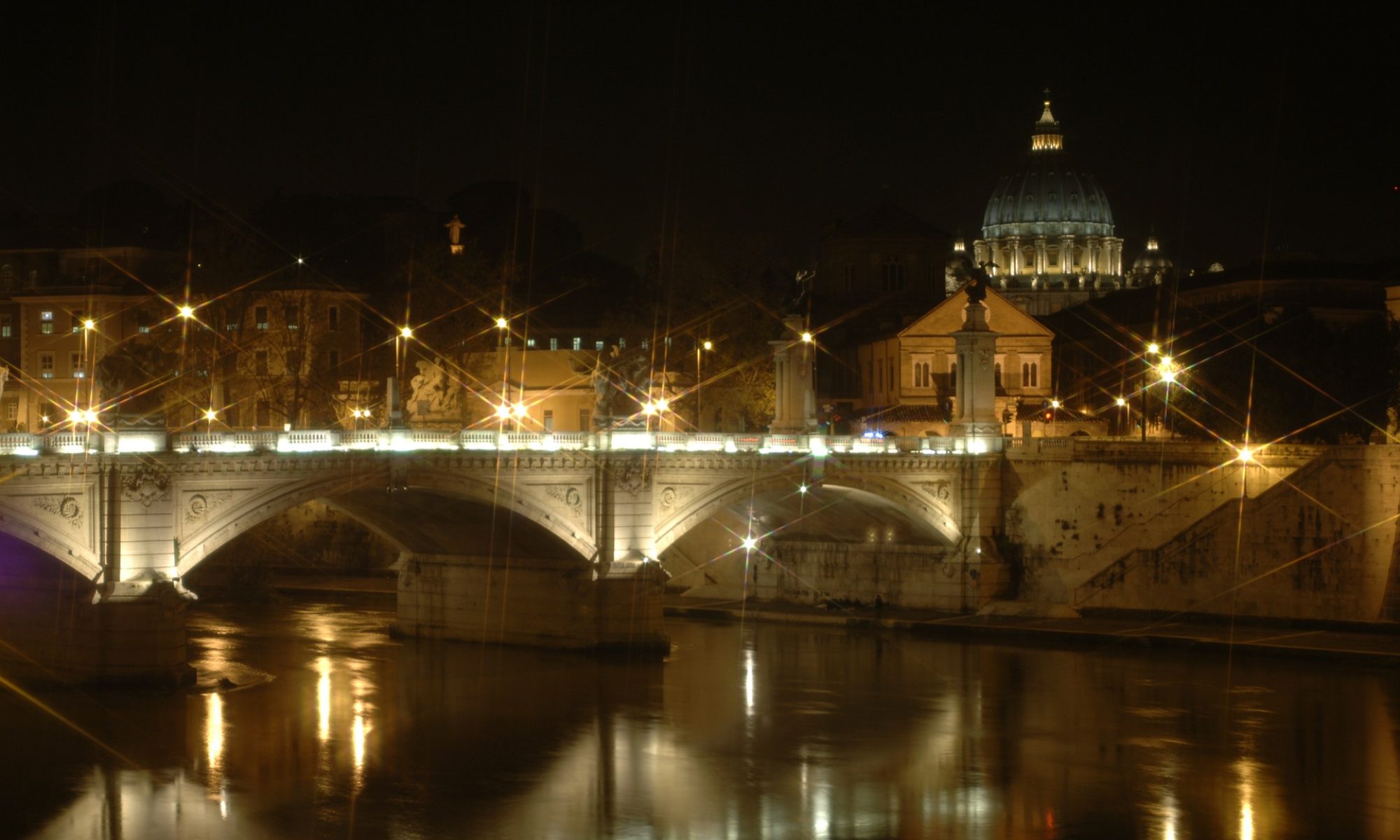Benedict XVI shocked the whole world announcing his resignation from being the reigning Pope of the Roman Catholic Church. For centuries, no Pope had resigned but has instead waited for his death while still holding the office. His announcement was in Latin, not exactly the lingua franca of today’s world. Before getting the attention of the media, journalists had to rush to experts in Latin to be sure of what was going on. In doing something remarkably new, Pope Ratzinger did it in a very old-fashioned way. Even in one of his last acts as Pope, he was both modern and traditional. In a way, he reflected the Roman Catholic way of doing things by maintaining tradition, yet at the same time constantly changing.
There will certainly be other occasions to assess the trajectory of Ratzinger’s pontificate. Suffice it for now to draw attention to the last lectio he gave to a group of seminarians in Rome on February 8th. This was not his last speech as Pope, but it was his last theologically engaging talk prior to his resignation. In a certain sense, this lectio is a kind of a prism where his Biblical teaching can be seen in a nutshell.
The text was 1 Peter 1:3-5, a highly dense text full of theological richness, and Benedict XVI applied all his catechetical skills to expound it. His comment was profound as one might expect from a first class theologian. Yet it is also revealing of the particular Roman Catholic blend of his Biblical teaching.
1 Peter as the First Encyclical?
In introducing the letter, Ratzinger said that it was the “first encyclical” sent by the vicar of Christ to the Church. Let’s pause for a moment. An encyclical is – generally speaking – a circulating letter, but – technically speaking – is a letter sent by the Roman Catholic Pope to bishops, clergy, the faithful and the people of good will of his time dealing with doctrinal and/or pastoral issues.
Historically, encyclicals have been regularly sent by Popes from 1740 onwards. At the very least it is not historically appropriate to give 1 Peter a papal term that wouldn’t be put into use for another 1700 years. Even if we take the more general meaning of encyclical (i.e. a circulating letter), 1 Peter is not the first NT text of the canon in terms of the chronology of its composition. Paul’s first letter to the Thessalonians is the earliest document of the New Testament. So, even if the adjective “first” referred to the chronological priority of Peter’s letter, this is not the case in that other apostolic letters were written before Peter wrote his first one.
Beyond historical details, the message that Benedict wanted to convey was that of an on-going continuity between Peter writing his letter and future Popes writing their encyclicals. The Pope linked this Biblical letter to modern encyclicals and Peter with modern Popes. This claim is hermeneutically loaded with the Roman Catholic understanding of Peter’s office and succession, but does not stand out from the text of Scripture itself.
Peter as the Vicar of Christ?
It is not by chance that in his lectio Benedict XVI talked about Peter as being the “vicar of Christ”. After rightly recalling the way in which Peter introduces himself as an “apostle”, he went on to say that Peter was commissioned to be “the first apostle, the vicar of Christ”. He makes the case that Peter writes from Rome (the Babylon quoted in 5:13) and that his being in Rome has theological significance. As vicar of Christ, and in view of his universal office, Peter had to preside over the Jewish church (Jerusalem) first and eventually the Gentile church (Rome).
The “vicar” title does not come from Peter himself. The apostle rather talks of himself as an “elder” (5:1) in the company of other elders, thus a fellow-elder. There is no hint in the text that Peter has received the title of “vicar”, whatever the term may mean. Peter does not think of himself as being someone or something that other fellow-elders are not. Moreover, it is rather the case that Peter calls the whole people of God as “a chosen people, a royal priesthood, a holy nation” called to declare the praises of God (2:9). The fact that Peter defines Rome as Babylon may have apocalyptic significance, rather than being a reference to his universal first papacy. Again, Ratzinger’s interpretation is loaded with meanings that belong to the Roman Catholic tradition but cannot be found in the text of Scripture.
There is much wisdom in Benedict’s last lectio on 1 Peter. Yet it is a wisdom driven by certain Roman Catholic presuppositions that govern his reading rather than being governed by Scripture itself. It is curious that his last theological speech as Pope revolved around Peter, the first Pope according to Benedict XVI.
Leonardo De Chirico
leonardo.dechirico@ifeditalia.org
Rome, 12th February 2013

